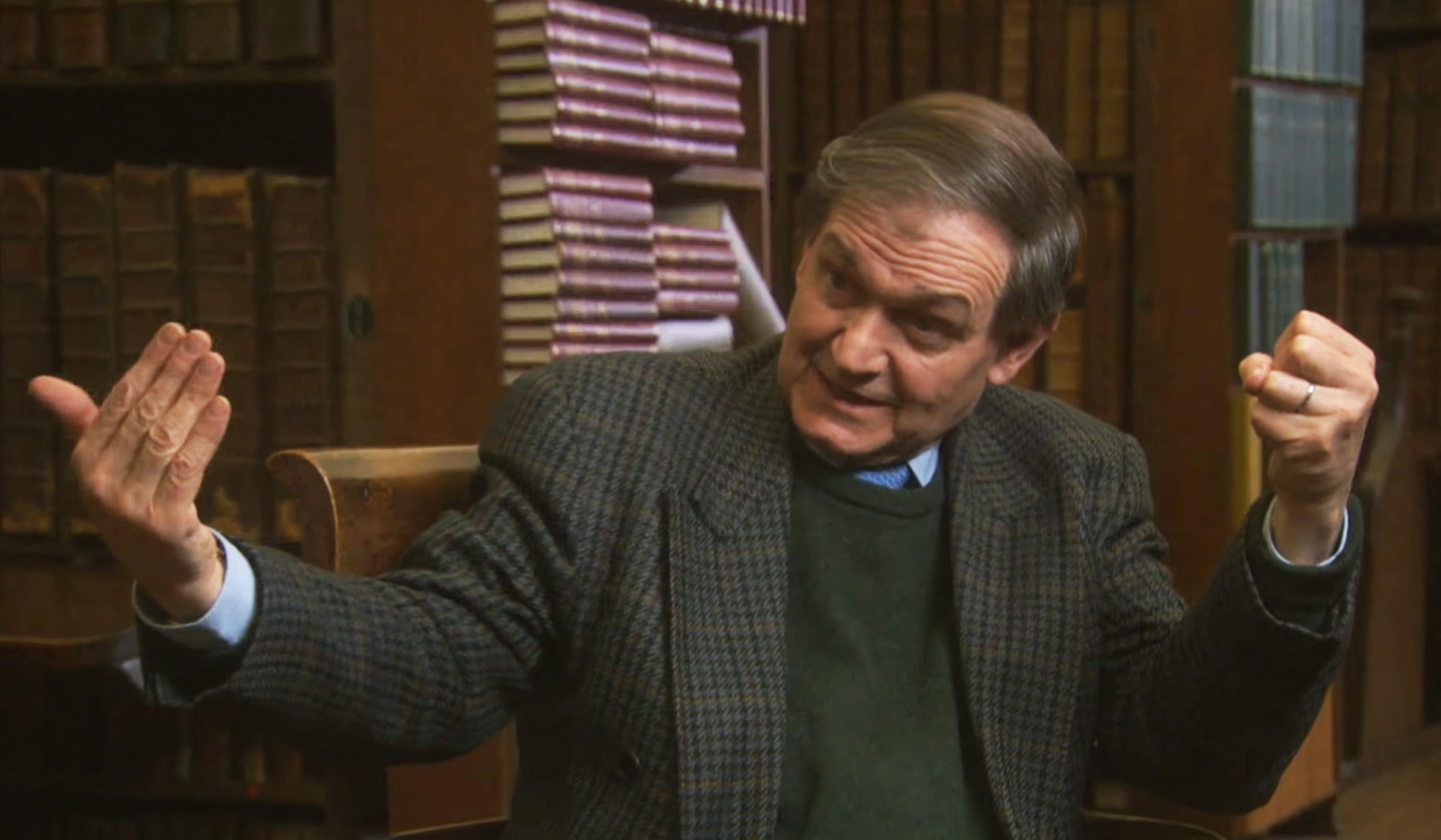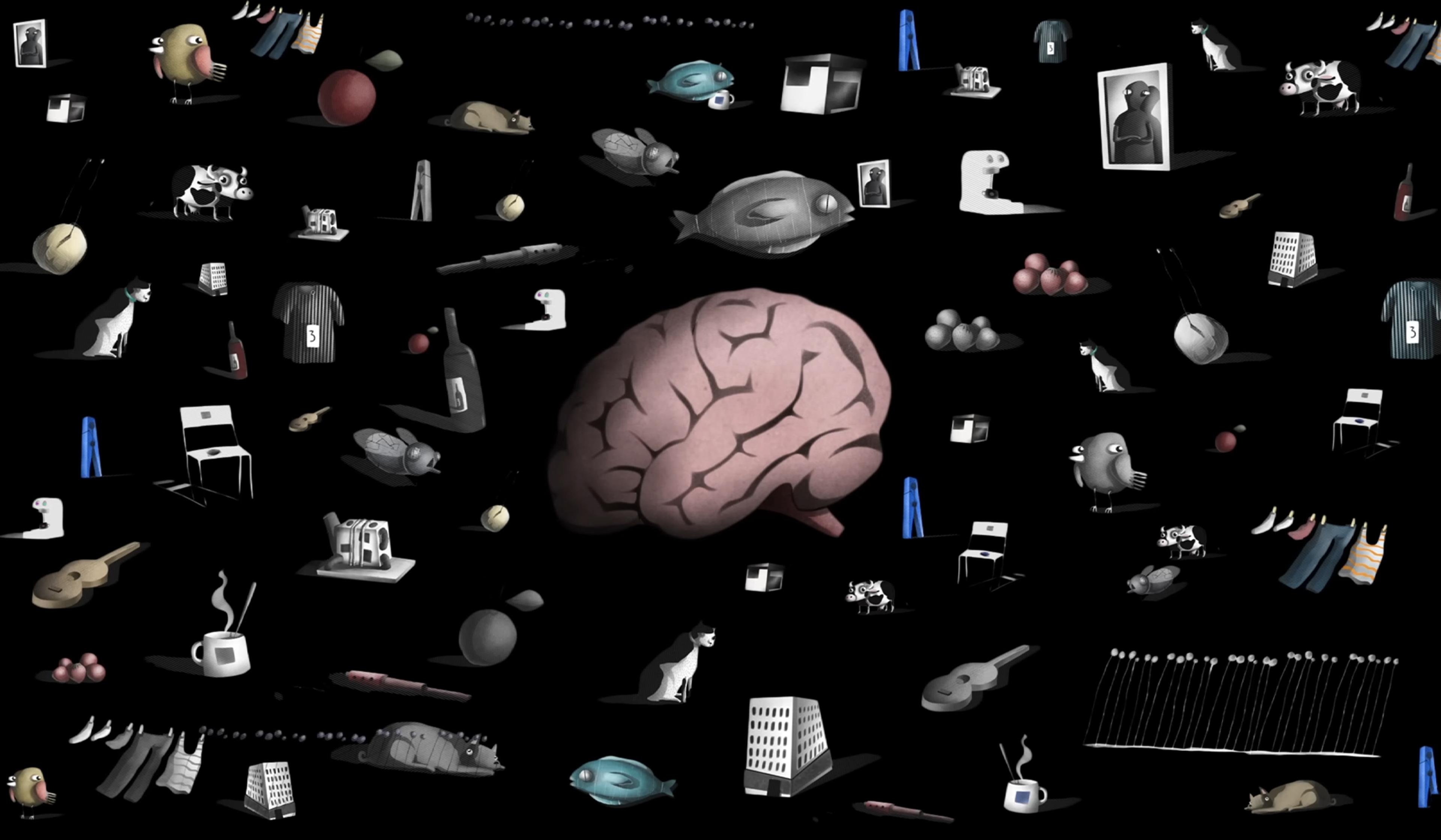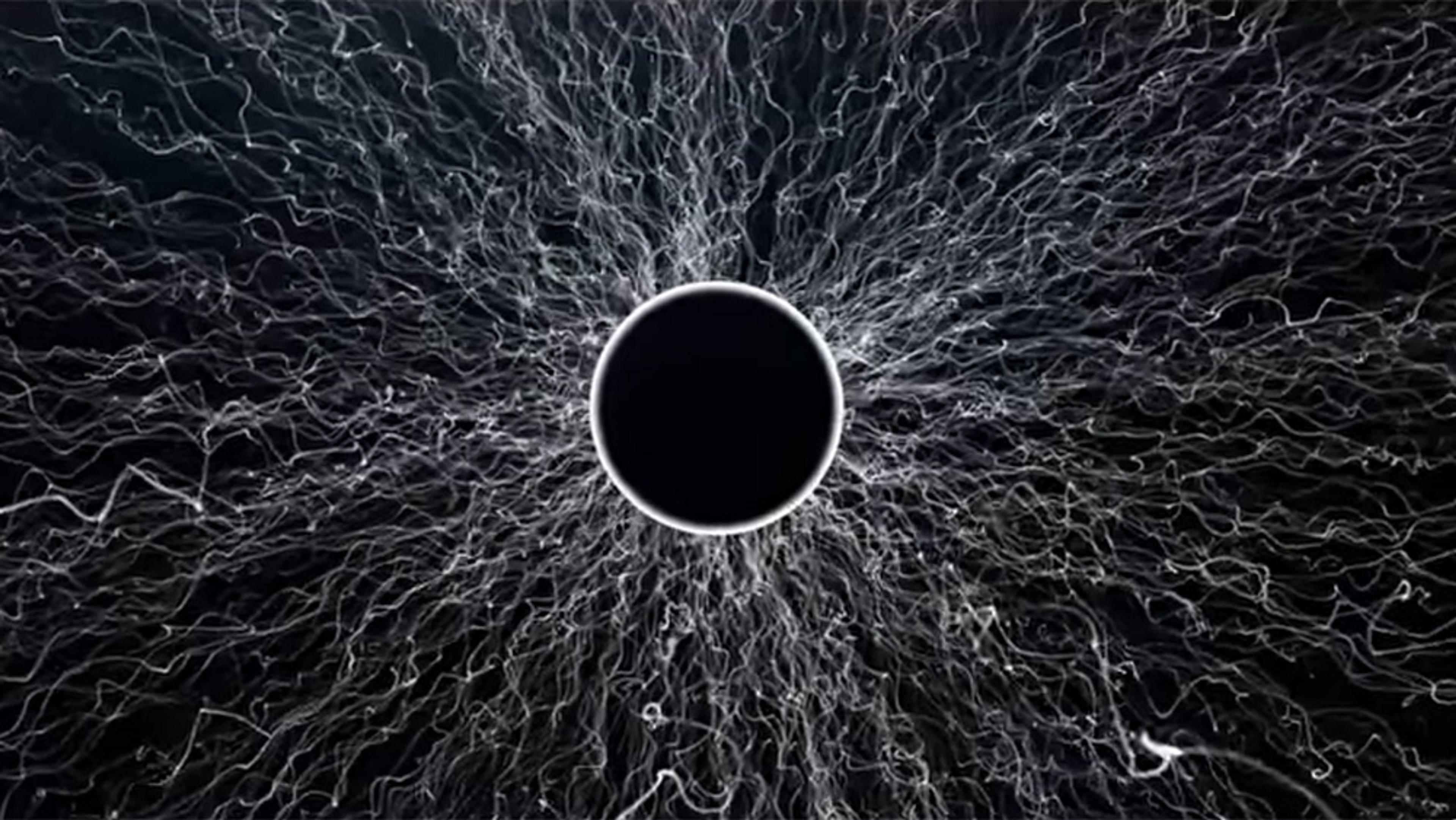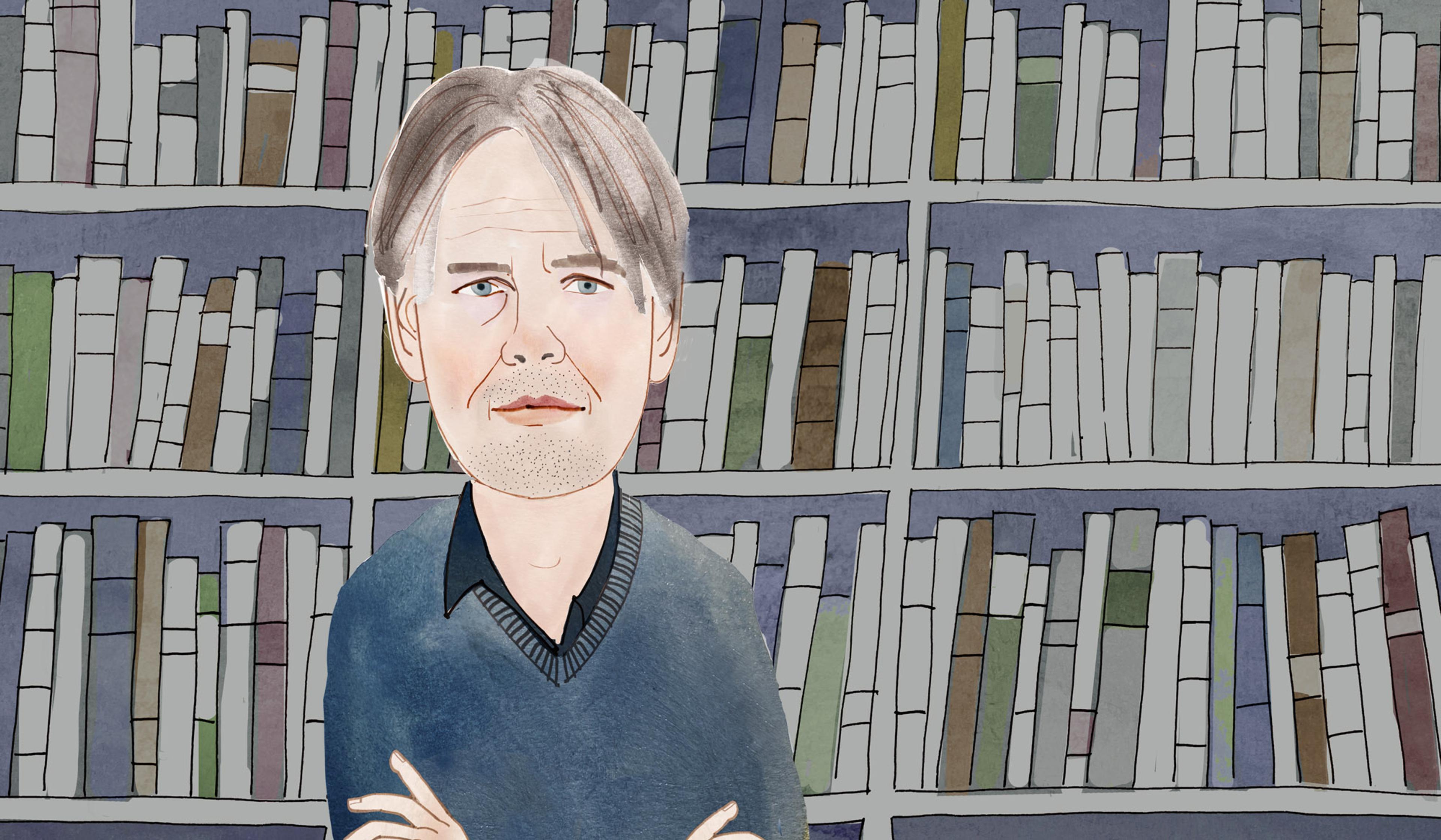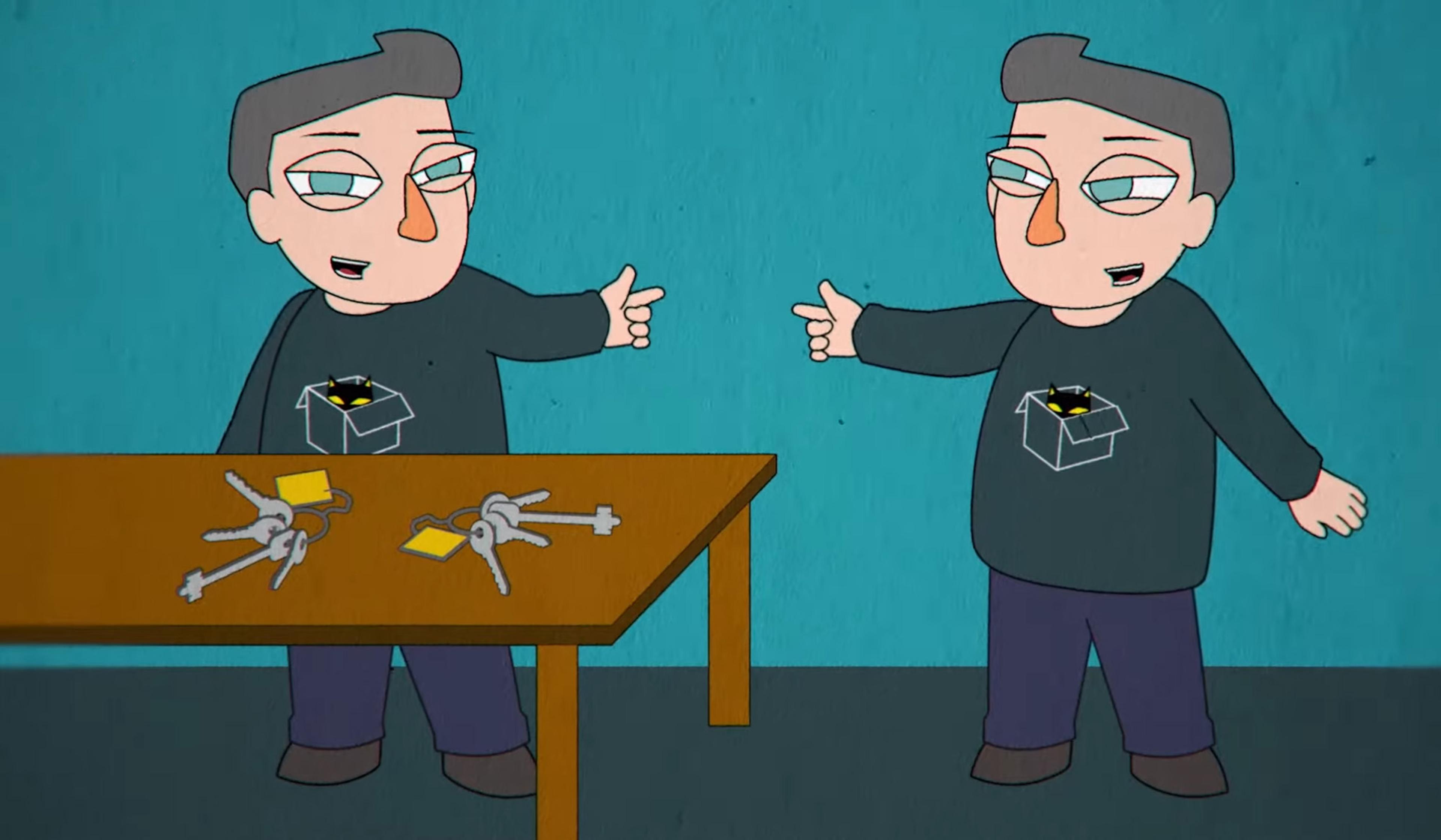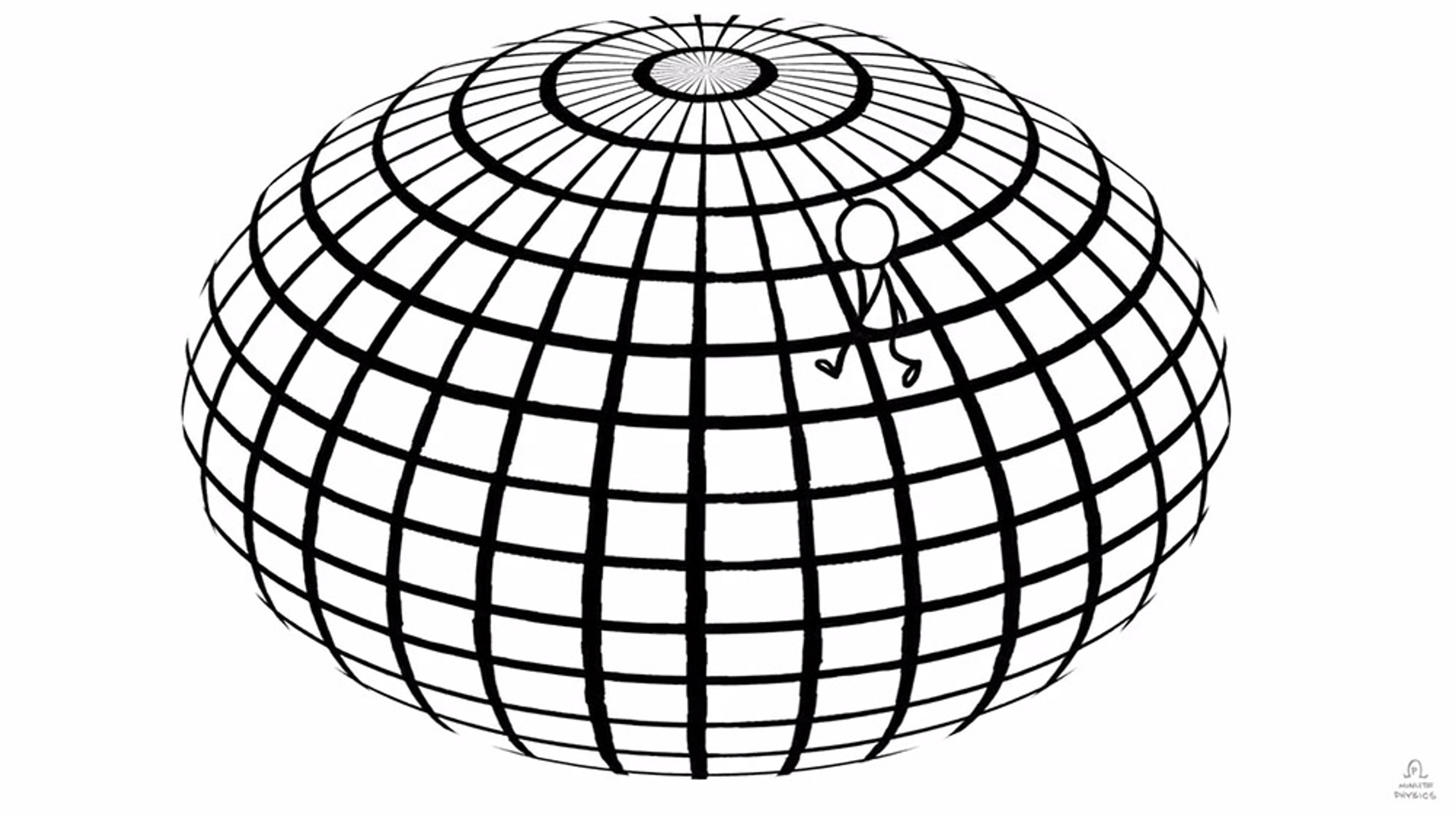In recent decades, cosmic inflation theory has largely settled the once-daunting existential question of ‘How did the Universe begin?’ for most physicists. That is to say that, from a singular hot, dense and small starting point, the just-right conditions for the emergence of the Universe were met. This set the stage for the unfathomably rapid expansion of the Big Bang and the emergent laws of physics that we observe today.
However, as the Albanian American cosmologist Laura Mersini-Houghton explains to the American host Robert Lawrence Kuhn in this instalment of his series Closer to Truth, the first fraction of a second of the Universe, just before the Big Bang, is still a wide-open scientific frontier. Exploring the fertile ground where observation meets theory, Mersini-Houghton explains why she believes the improbable existence of our Universe suggests a quantum multiverse in which some potential universes fizzle into oblivion, and others form classical universes like our own.
